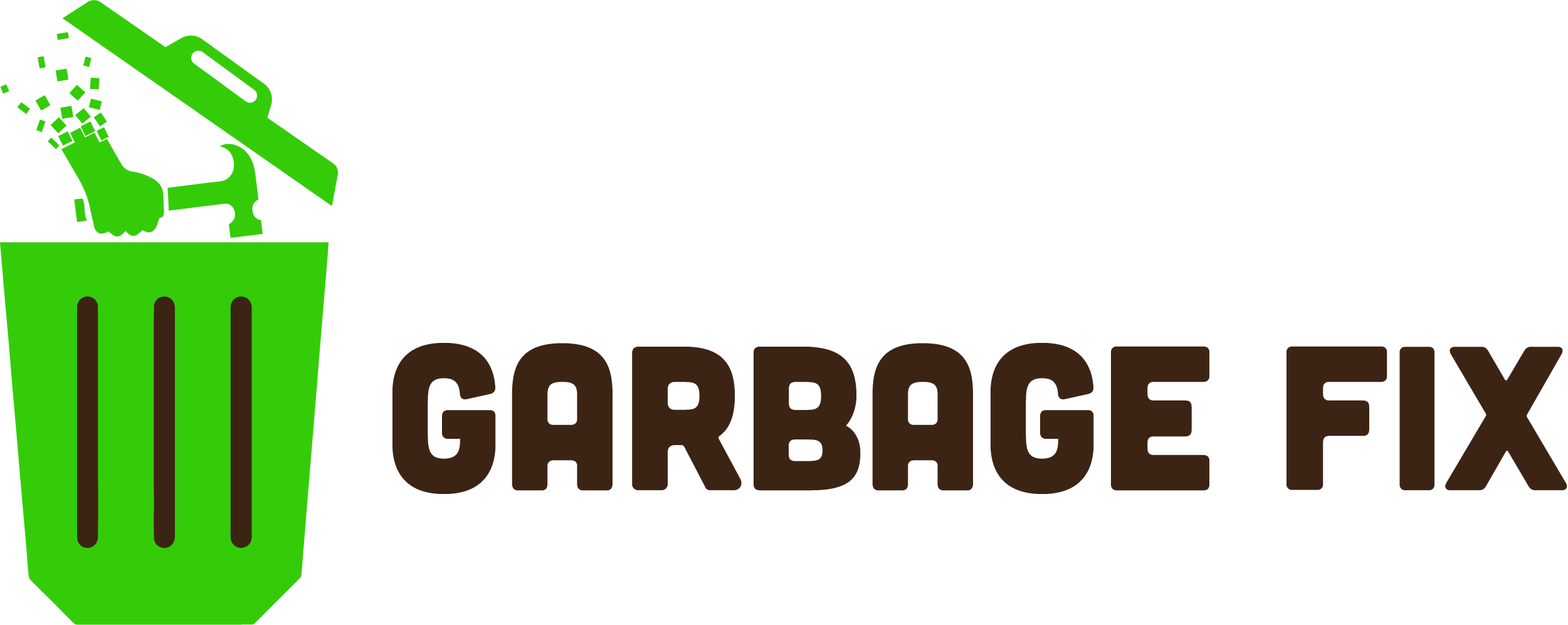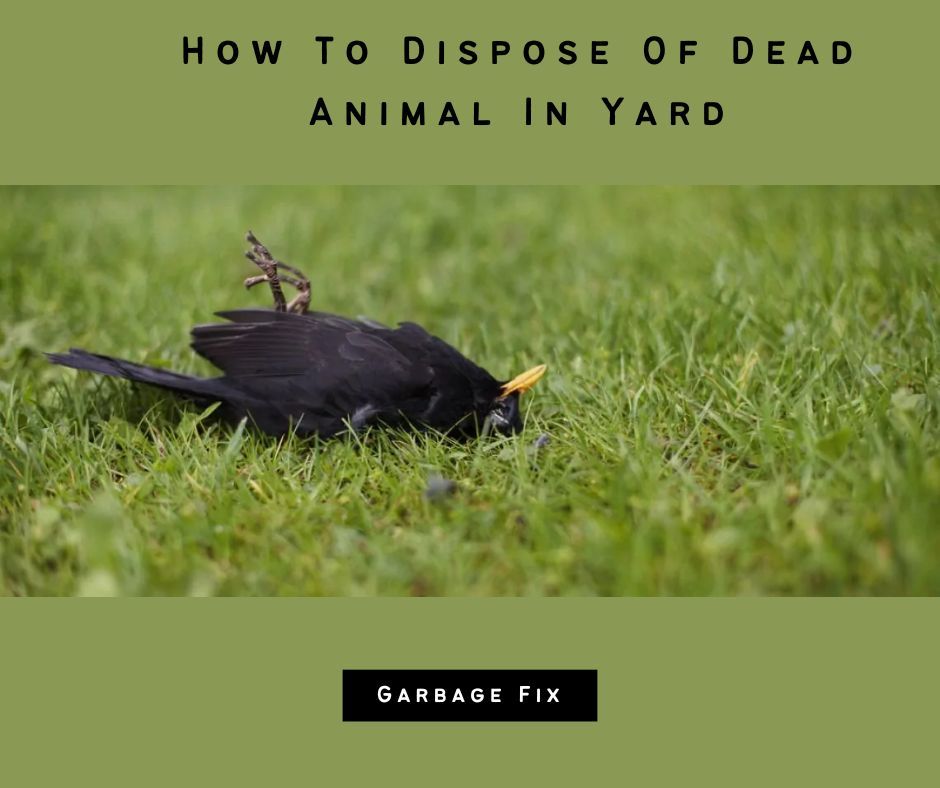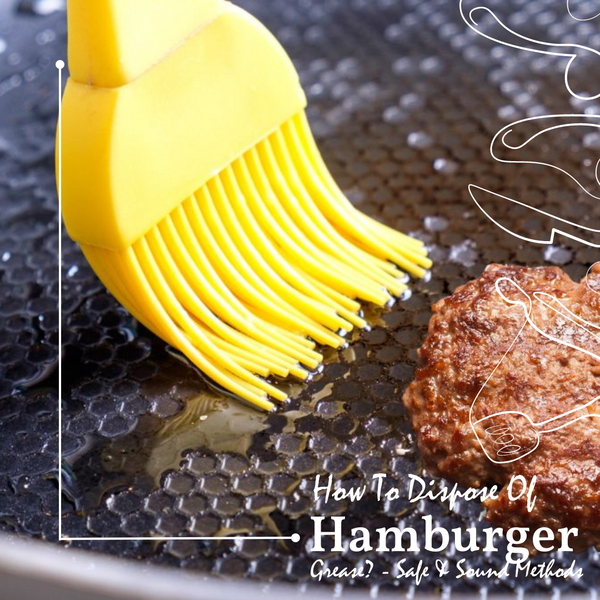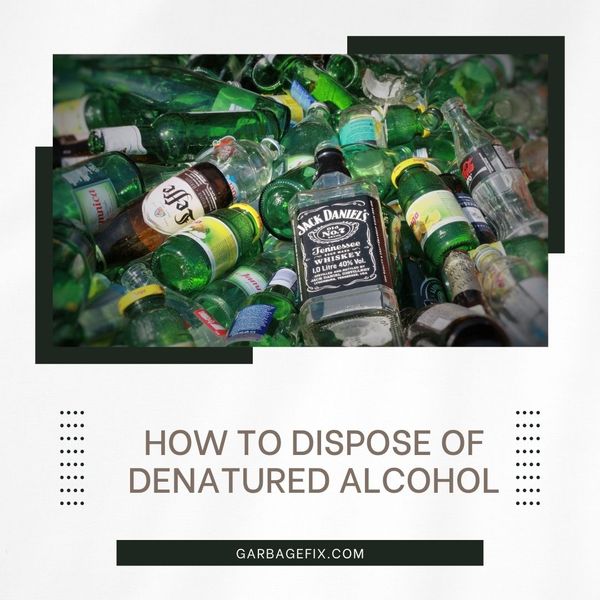Every home must know how to deal with and get rid of dead animals in the right way. What should a person do if they encounter a dead animal?
This article gives some good ideas for safely getting rid of dead animals in your yard. Before starting a new task, don't forget to read the safety rules.
How To Dispose Of Dead Animal In Yard? - Safe Methods
If you have found a dead animal in your yard, you may need to dispose of it. There are safe and humane ways to do this.
- Wear Gloves
Wear gloves when handling any dead animal, even if it's been dead for a while. Even if the animal has been dead for days or weeks, it could still carry diseases that can be transmitted to humans. You should wear gloves when handling all dead animals, whether inside or outside your home. - Use Rubber Gloves
Rubber gloves protect your hands from bacteria and diseases on the dead animal's fur or feathers. If the animal is bloated with gases, it could burst open while you clean up after it, which could cause injury to you or others nearby. Rubber gloves also help prevent bites and scratches from sharp teeth or claws that may still be attached to the animal's skin. - Disinfect Tools After Removal Of Dead Animal
After removing the carcass from your property as described below, disinfect all tools used in the disposal by washing them thoroughly with soap and hot water (100°F), then allowing them to air dry before using them again.
Ways Of Burial of A Dead Animal
There are several ways to do this, but some may not be safe for you and your family. Here are some safe methods for disposing of dead animals in your yard:
There would be some other animals that may die in your yard like rabbits, squirrels, or any other animal. You may follow the same procedure of disposal of their dead bodies.
Small Animal Burial
You may easily dispose of small pets such as fish or hamsters if you own a backyard. It would help if you looked into local laws to find out what is necessary for a funeral. The minimum required depth of burial often is 4 to 5 feet and more. Don't bury anything too close to a water supply or areas exposed to floods; always watch for electrical power cables.
- Bury the corpse in the deepest hole after wrapping it all in plastic or placing it into a box. It says to put paving stones over the spot to keep hunters away and plant a bush to remember where it was.
- Remove the carcass from the area where it died.
- Place the carcass into a plastic bag and tie off the ends tightly so that no fluids leak out. Ensure not to touch any fluids from the animal’s body as they could contain dangerous bacteria or viruses that could make you sick if they come in contact with your skin or mouth.
- Remove all of the furs from the carcass before placing it into the plastic bag so it does not get into your home when disposing of it later on.
- Take your plastic bagged animal to a dumpster or trash bin that is located outside of your home so that other animals do not get into them while they are being transported outside of your home and also so they do not get into contact with any people who may be living in your home at the time (i.e., children).
Ensure you dispose of the body properly by ensuring it does not end up in water sources that could contaminate the environment and possibly make someone sick from ingesting it. Also, ensure that it does not end up in a place where other animals can get into it and be tempted to eat it, which could lead to them getting sick.
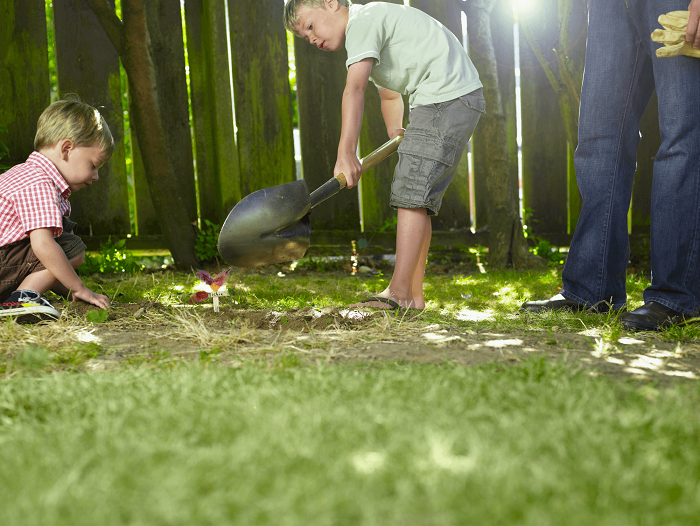
Alternatives To Burial
Burning
Burning dead animals is another common disposal method that is also not recommended due to environmental concerns. Burning creates smoke and ash that pollutes the air and can affect human health if inhaled over an extended period of time. Burning also releases carbon monoxide into the atmosphere, which is toxic to humans and animals alike if breathed in at high levels over time.
Trash Disposal
The bodies of any small or medium-sized animals are placed in a garbage bag after being placed in a closed plastic bag. It is advised that if the waste collection date is far away, the body should be frozen in the meantime. Repeatedly verify local sanitary regulations.
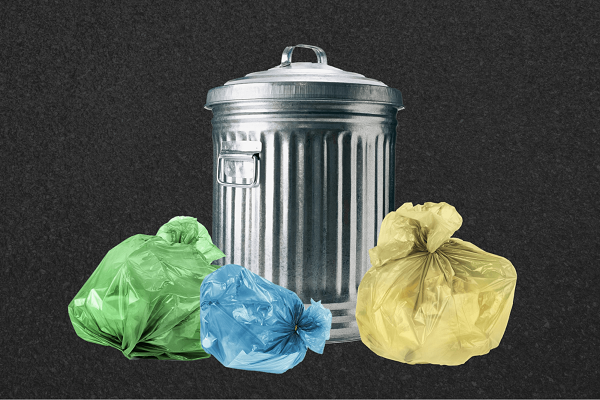
Assistance In Disposing Of Dead Animals - Local Service
You may use an online Service to have a dead animal collected off your doorstep in your city.
Finding expert wildlife disposal services or contacting animal management is your best bet for removing deceased animals from difficult-to-access areas, such as removing dead raccoons from behind walls.
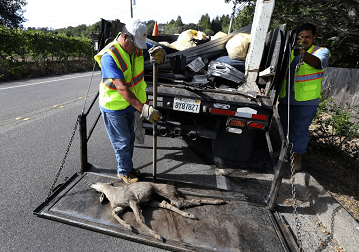
Precautions & Safety Measures
- Depending on the dimensions of such an animal, you may need a mask, gloves, a trowel, a pump, a ziplock bag, or a supermarket bag.
- Ensure the gloves and mask are all on before approaching the creature.
- Put the animal inside a sack and utilize the scoop to help you if necessary.
- Place small animals in a plastic bag. Then just a Ziploc, and finally, a trash bag. The bigger bag is used immediately for bigger animals.
- The next step is to clean the area with a wash or by hand. It would help if you tried to free the animal's remains.
- If you need to dispose of a big animal, take that to your town's dump. Before handling the animal or the bag, ensure you wash your hands well.
Guide To Composting Dead Animals In Yard
Regarding recycling, a dead animal is regarded as anything that might attach to or attract pests. Assuming you understand the principles, you should be OK if you follow the suggested approaches and employ the following suggestions:

Bury Deep In Pile
The animal must be buried as deeply as possible in the middle of the mound. Many people decompose big animals by burying them first and then constructing a mound on top of them. Deposit it in the warmest compost area to reduce odor and smell and discourage animal intrusion.
Put A Leaf Barrier
To maintain a stable pile, it is crucial to use a large number of brown leaves to contrast the eco-friendly character of such animals. Placing firewood at the bottom of the stack will increase airflow and reduce the dioxide percentage. Covering the top with leaves is another common way to build a stack. It will prevent your pile from running dry, discourage attackers, and speed up the heating process.
Turning The Pile
Stop turning your pile so often. You don't need to move the pile and accidentally find half a fox that's been composted. Compost piles should be turned at least once every four to five weeks, although you may wait longer. To get the most from the composting efforts, you should invest in a decomposition heater and wait to move your pile when it has cooled down.
Waiting Time
Composting with an animal may take up to a year before it is ready to use, even while the animal will be gone in almost five months. The skeleton has to be fixed. When you compost, you might have some huge parts left behind. You may keep shredding them into smaller pieces by adding them to a new pile.
Composting a dead animal is now obviously clear. If you follow a few simple guidelines, you will almost certainly achieve your goals. A heated compost pile is ideal for this purpose.
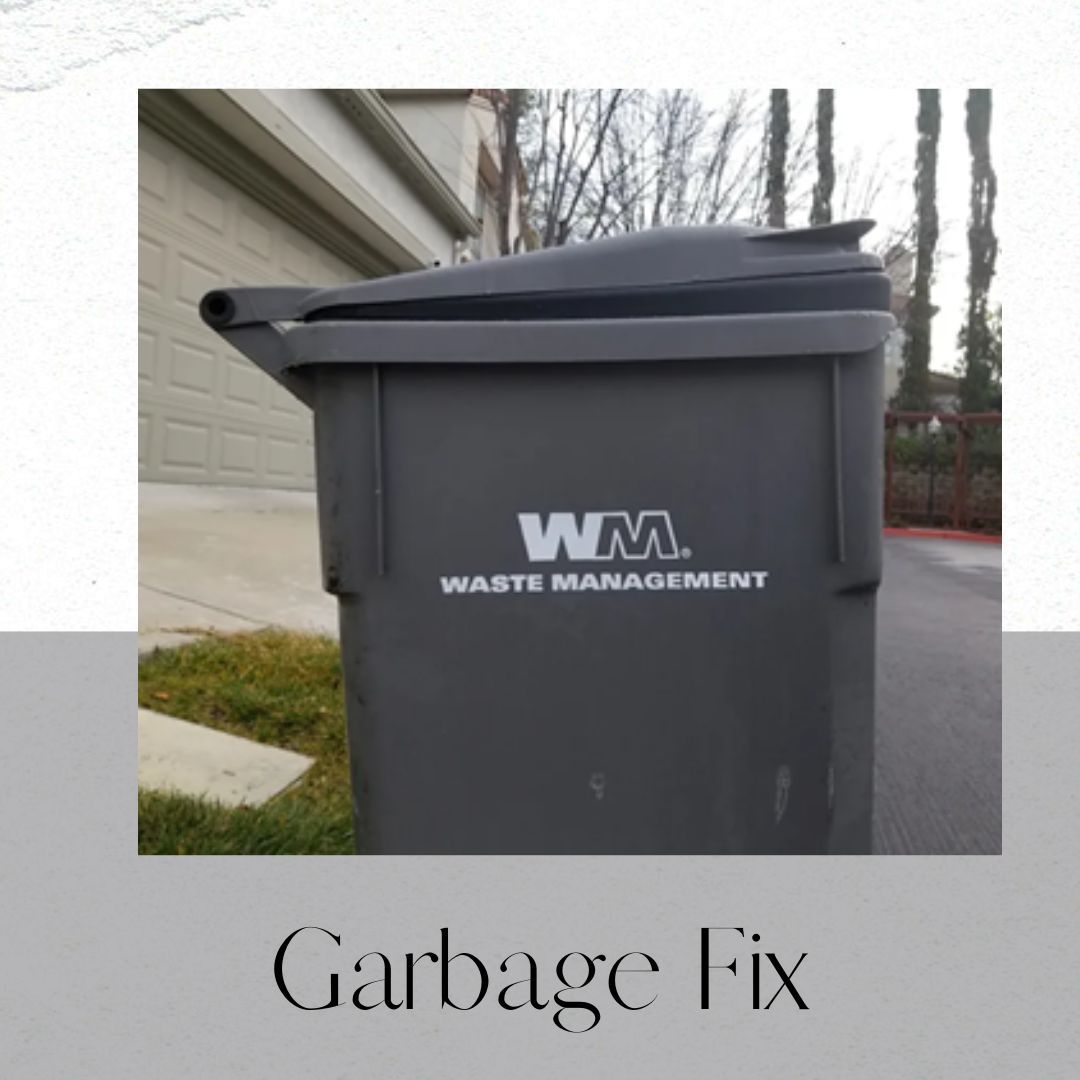
Animal Death Raises Safety And Hygiene Concerns
There is still a significant danger to households even when the corpse does not directly or indirectly pollute water or food sources. Even dangerous animals like vultures will eat dead animals if they are very hungry. Any animals or kids in the home might be in danger if these animals were to enter.
Can I Flush The Small Dead Fish?
Fish may be easily and controversially disposed of by flushing them through the toilet. Don't perform this at home with larger fish—they could get stuck in the pipes. Some people find it in poor taste to flush their fish, and others worry that sick fish would contaminate the water supply.
The judgment is still out upon this method, so for the time being, you should either bury the fish or seal it in leak-proof containers before throwing it away. When one of your fish dies, you should also check on the health of the other fish in the tank and maybe even clean the tank.
Conclusion
Plan out how you'll get the dead animal out of your yard. The best option for disposal will depend on municipal hygiene or disposal regulations, whether you wish to bury it on your property, toss it away, or call an expert. Once you've decided how to dispose of the deceased animal, it's time to put on gloves and get to work.
Wrap it up in a plastic or rubbish bag, whatever is most suitable for its size. Follow the steps already mentioned in the article to dispose of the bag at a local waste collection site or bury the animal on your property.
